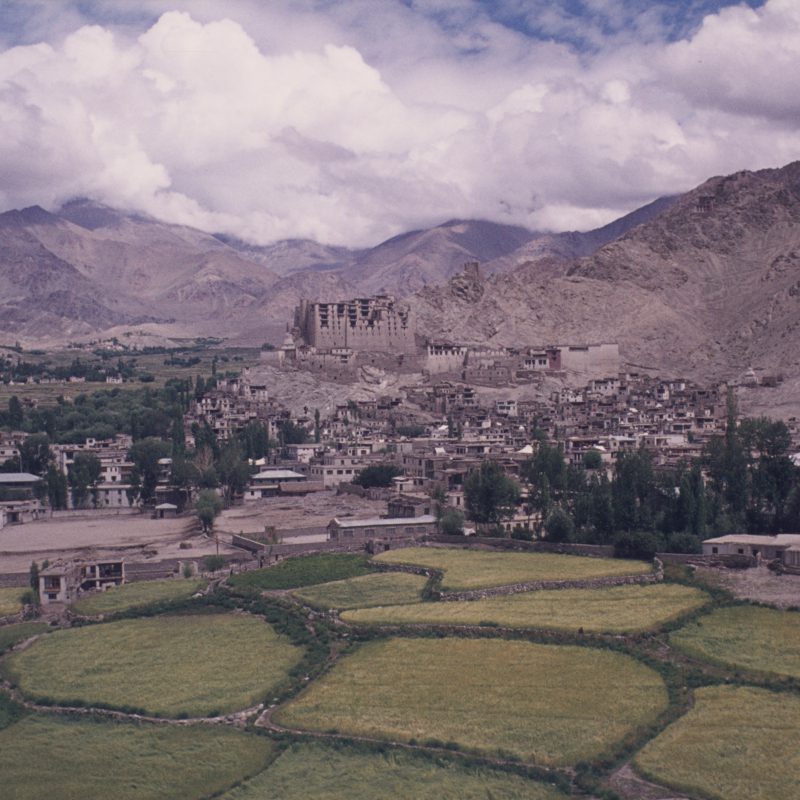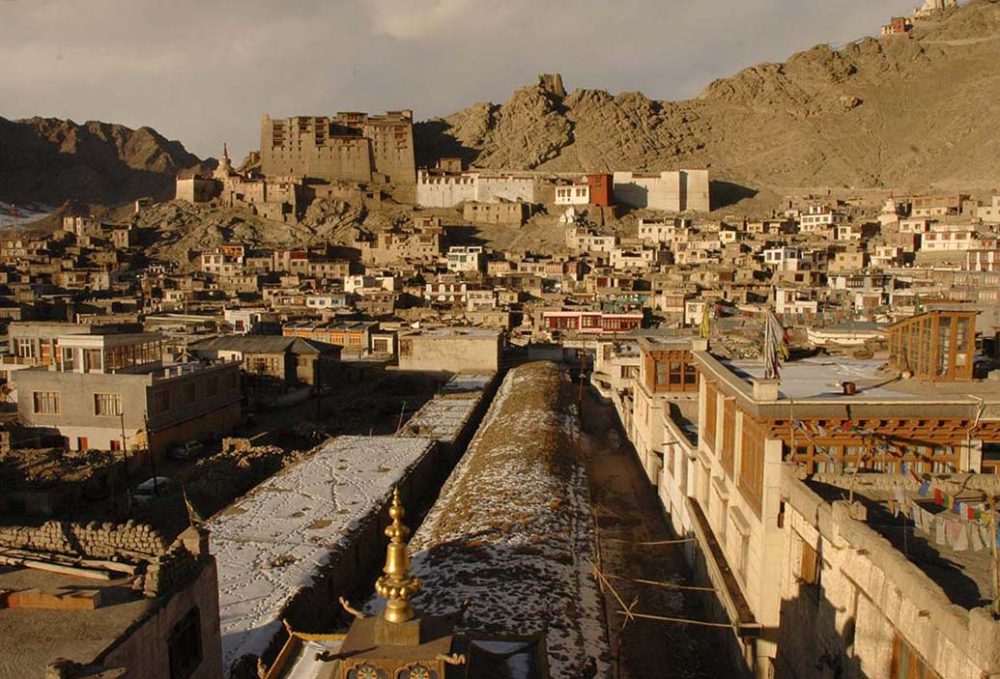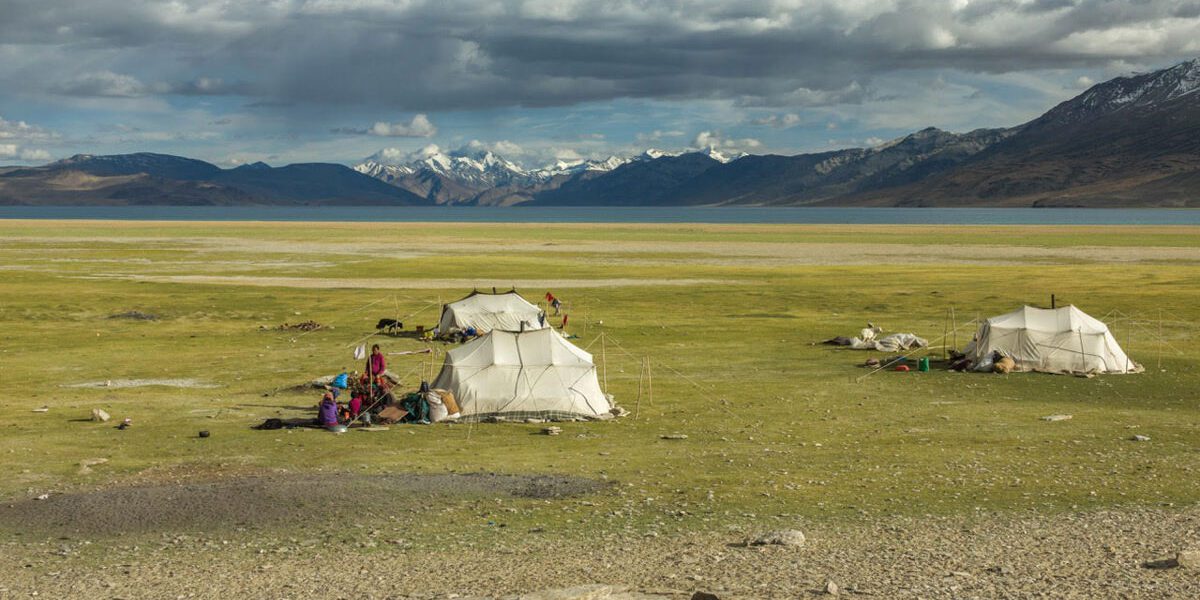The Ladakh Chronicles (La-dvags-rgyal-rabs) are essential to understanding Ladakh’s political resilience and cultural synthesis. Compiled in the 17th century, these chronicles record events from Ladakh’s early Tibetan dynasty until the Namgyal dynasty’s decline. Tibetan influence is central, dating back to when the Tibetan Empire began asserting control over Ladakh in the 8th century, embedding Tibetan Buddhism deeply into Ladakhi society. The chronicles document how the spread of Buddhist sects like the Drukpa and Gelugpa orders contributed to Ladakh’s monastic traditions, architectural styles, and festivals, solidifying Buddhism’s role in Ladakhi life.
Comprehensive Historical Foundation and Tibetan Influence
The Namgyal dynasty’s rulers, especially Sengge Namgyal (1570–1642), fortified Ladakh’s Buddhist identity. His support of the Drukpa sect strategically positioned Ladakh within Tibetan Buddhism. These developments, documented in the Ladakh Chronicles, provide critical insights into the broader Tibetan cultural sphere and its diffusion across Ladakh’s mountainous landscapes.
| Key Tibetan Influences | Description |
|---|---|
| Drukpa Sect Patronage | Supported by Sengge Namgyal, creating a religious distinction from Tibet’s Gelugpa sect. |
| Tibetan Script Adoption | Facilitated cross-cultural documentation in Ladakh’s chronicles. |
| Buddhist Monasteries | Founding of Hemis, Phyang, and Thiksey Monasteries as Buddhist and cultural centers. |
Ladakh’s Strategic Importance on the Silk Road
Ladakh’s location on the Silk Road established it as a key trade hub, connecting India, Tibet, and Central Asia. The chronicles document Ladakh’s trade in silk, wool, and spices, detailing how this prosperity brought wealth and cultural influences to the region.

| Silk Road Influence | Goods Traded | Cultural Exchange |
|---|---|---|
| Tibetan Plateau | Salt, wool | Monastic traditions and Buddhist philosophy |
| Central Asia | Spices, textiles | Artistic influences, economic expansion |
| Indian Subcontinent | Metals, tea | Culinary diversity, spiritual exchanges |
Political Alliances and Conflicts
The Ladakh Chronicles detail Ladakh’s political alliances, especially with the Mughals and Tibetans, which were instrumental in maintaining its autonomy. For example, the Treaty of Tingmosgang (1684) acknowledged Ladakh’s independence but limited foreign military involvement. This geopolitical history, balanced between Tibet and the Mughal Empire, is a powerful theme in the chronicles.
| Political Treaties | Key Points |
|---|---|
| Treaty of Tingmosgang (1684) | Recognized Ladakh’s autonomy, defined borders, and regulated Tibetan trade. |
| Mughal Alliance | Provided military support in exchange for acknowledgment of overlordship. |
| Dogra Conquest | Annexed Ladakh to the Sikh Empire in 1834, later attached to Jammu & Kashmir. |
Legacy and Preservation of the Ladakh Chronicles
Today, preservation initiatives for the Ladakh Chronicles are vital. Local scholars and international organizations collaborate to digitize the texts, safeguarding this literary heritage for future generations. Ladakh’s ancient murals and inscriptions found in monasteries like Alchi and Lamayuru continue to draw historians exploring Tibetan, Central Asian, and South Asian influences.

| Preservation Efforts | Description |
|---|---|
| Manuscript Conservation | Protecting fragile texts from environmental wear |
| Digitization Projects | Making digital versions available for wider access |
| International Collaborations | Involving historians and archaeologists to document Ladakhi heritage |
Conclusion: The Enduring Legacy of the Ladakh Chronicles
The Ladakh Chronicles remain a resource for understanding Himalayan history, capturing Ladakh’s unique role as a nexus of cultural, religious, and political influences. Their preservation not only enriches global understanding of Ladakh but also highlights Ladakh’s resilience as a custodian of Himalayan history.
Testimonials
“The Ladakh Chronicles provide an unparalleled view into the legacy of Himalayan and Central Asian interactions.”
— Michael Stewart, Cultural Historian, UK
“Exploring these chronicles brought me closer to understanding the complexity of Buddhist traditions in Ladakh.”
— Sophie Chang, Anthropologist, USA
“A remarkable resource for anyone interested in the political and spiritual evolution of the Himalayas.”
— Anil Gupta, Professor of Asian Studies, India
Q&A Section
Q1: What role did the Silk Road play in Ladakh’s development?
A1: Ladakh’s position on the Silk Road made it a major trade hub, bringing prosperity and a blend of Tibetan, Central Asian, and Indian cultural influences.
Q2: Why are the Ladakh Chronicles significant?
A2: They provide comprehensive insights into Ladakh’s political and cultural history, especially its ties with Tibet and the Mughal Empire, and are invaluable for historians.
Q3: How is the Ladakh Chronicles being preserved today?
A3: Initiatives include conservation and digitization to protect the texts from environmental damage and increase accessibility for research.
Q4: What were the key points of the Treaty of Tingmosgang?
A4: Signed in 1684, this treaty acknowledged Ladakh’s autonomy, established trade regulations, and solidified its borders with Tibet.
Q5: How did Tibetan Buddhism influence Ladakh?
A5: Tibetan Buddhism shaped Ladakh’s religious practices, art, and architecture, with monasteries like Hemis and Thiksey becoming cultural centers.









